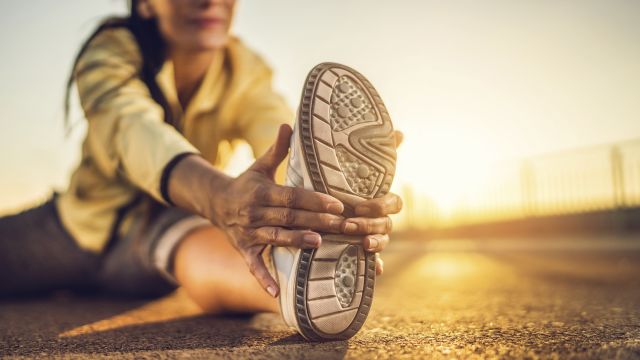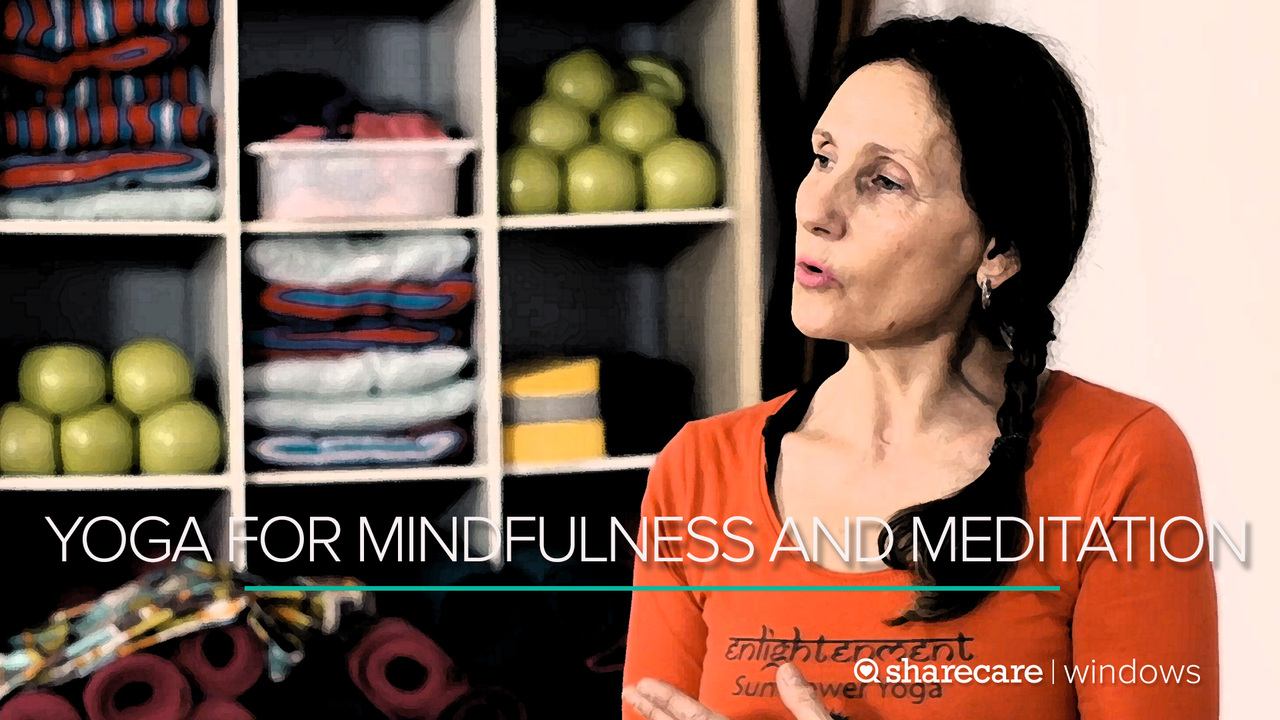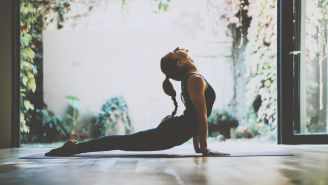Updated on March 1, 2024.
Your morning gym sessions may help you look and feel good, but it’s important to practice safe workout habits to avoid getting injured. If you’re on a fitness kick and tempted to reach for the heaviest set of weights in a new-to-you workout class or hit the pavement for a long run even though you haven’t jogged in years, then you may want to rethink your strategy. You can still reap the benefits of exercise without overdoing it.
Educating yourself on exercise injuries, how they can happen, and what to do if you think you have one will help you achieve your fitness goals sans injuries. We asked Kristen Herbst, DO, an orthopedic surgeon in Vestal, New York to discuss the most common exercise injuries, how to differentiate between the types of injuries, and how to know when it’s time to see a healthcare provider (HCP).
What are the most common exercise injuries you see?
Dr. Herbst: Injuries to ligaments and tendons in the ankles and shoulders are the most common. We also have a lot of people dealing with overuse injuries like tendinitis after they've been doing the same activity for a while. In general, we mostly see strains, sprains, and tendinitis.
We see a lot of rotator cuff tendinitis in the shoulder among people in the 40 to 50 age group. When the rotator cuff is involved, it’s normally caused by overhead activities. If we're strictly talking exercise, you're going to see this in tennis players and weekend warriors that play volleyball or any other sport involving an overhead motion. We see tendinitis in the elbows with many tennis players and golfers.
Right now, cross training and weight lifting are very popular fitness regimes, so we see tendinitis of the shoulders, elbows, knees, and ankles from lifting weights repeatedly.
How can we avoid these injuries?
Dr. Herbst: When people are so focused on getting a good calorie burn or losing weight, they forget that everything is not just about cardio and heavy weight lifting. Here are four of my tips to stay injury-free:
- Stretch: Stretching is very important because it keeps you flexible and you need to stay flexible to avoid injuries.
- Maintain a strong core: It’s easy to overlook core strength, too. We have to make sure the abdominal region and low back muscles are strong. If you have strong core muscles, you’ll have better posture which will help your body’s alignment. If your body is properly aligned, you’ll be prepared for any activity.
- Work on your balance: As we get older, our balance isn’t quite as stable, but simple core-strengthening exercises will improve function and also prevent injuries.
- Vary your activities: Many runners and endurance athletes get into a groove and think their endurance workout should be their only activity. It’s better to try other forms of exercise so you strengthen other muscles in addition to the endurance activity. Biking and swimming are great options, and cross training is really important, too.
How can we distinguish between nerve pain, muscular pain, or skeletal pain?
Dr. Herbst: Skeletal pain will cause an achy sensation even while your body is at rest. Many people describe minor skeletal injuries as the type of pain you would feel if you had a toothache. An acute fracture will cause more severe pain.
Muscle pain usually strikes when you’re actively using that particular muscle. Whether it’s running or lifting, if you feel pain in the muscles you’re working, it’s most likely a muscular issue.
Nerve pain can cause a burning sensation or be associated with weakness. If you have a pinched nerve in your back or sciatica, you’ll feel the burning sensation and pain radiating. The feeling may not stay in one place.
Is there anything we can do at home to treat some of these injuries?
Dr. Herbst: Depending on the severity of the pain, I would encourage everyone to start with their own little treatment algorithm: Take a step back from the activity that's causing the pain, then apply ice to to the pain spot to lower the inflammation. Depending on medications you are currently taking and any other health conditions you may have, if you can, take an over-the-counter anti-inflammatory medication, too.
If you have a lower extremity injury, I always encourage people to elevate the body part that’s in pain as they are icing it.
How do we know when to go to see a healthcare provider?
Dr. Herbst: If the pain lingers for more that one or two weeks, even after resting and activity modification, that is a good indicator you many need have it checked out, in case there is something more serious going on.
A good rule of thumb: Tend to it at home on your own and modify your activities. If it's still bothering you in a week or two, see your HCP.
Is there anything else we need to know?
Dr. Herbst: If you’re getting injured over and over again, try a different exercise routine and take a look at why you keep getting injured. You may need to work on your technique or you may need orthotics, extra support for your feet. There are always options to help you safely reach your fitness goals, so it’s important you don’t give up.






